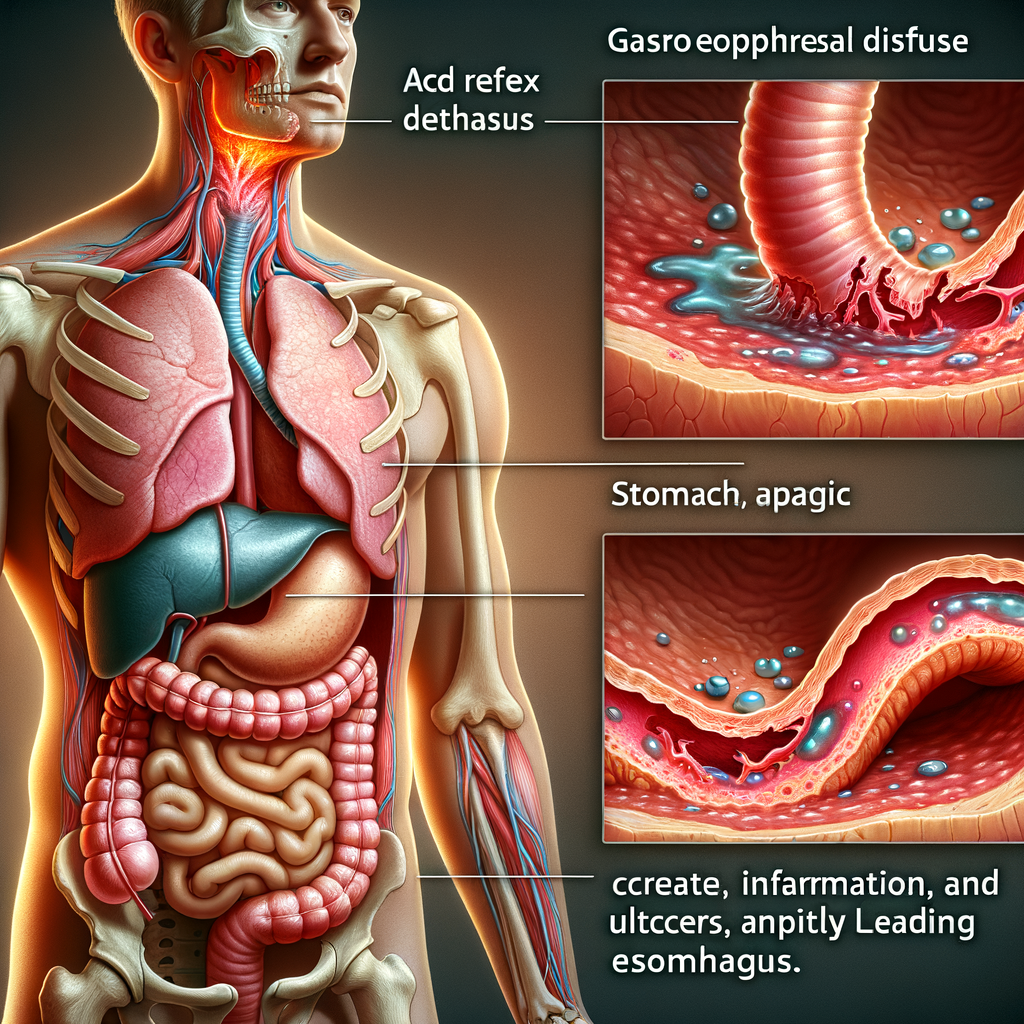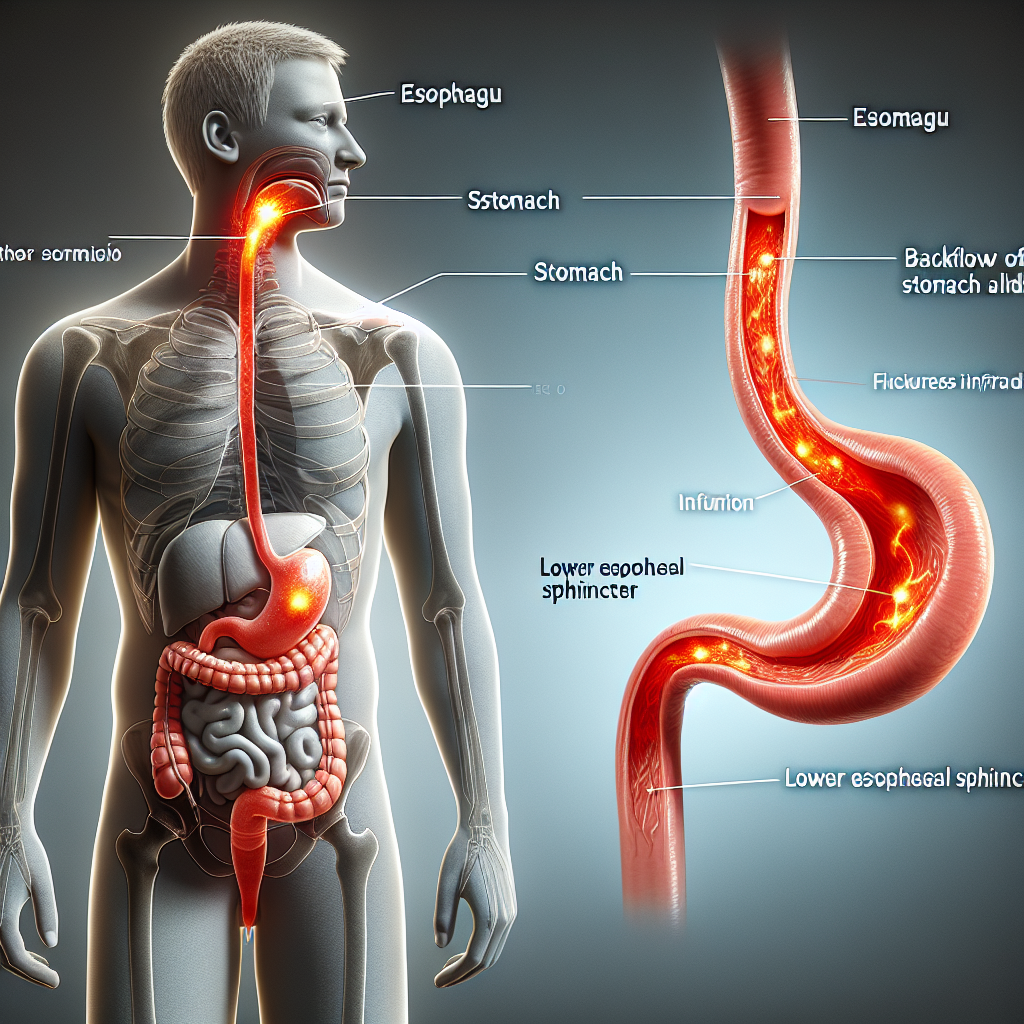Gastroesophageal Reflux Disease Injury: An In-depth Analysis

Gastroesophageal reflux disease (GERD) is a common digestive disorder that affects millions of people worldwide. It occurs when stomach acid or bile flows back into the food pipe, irritating the lining of the esophagus. This article delves into the injury caused by GERD, its symptoms, causes, and treatment options.
Understanding GERD Injury
GERD can lead to a variety of injuries in the esophagus, including inflammation (esophagitis), ulcers, and changes in the cells lining the esophagus (Barrett’s esophagus). These injuries can cause discomfort and can lead to more serious complications if left untreated.
Symptoms of GERD Injury
Common symptoms of GERD include heartburn, regurgitation of food or sour liquid, difficulty swallowing, and chest pain. In some cases, GERD may also cause chronic cough, laryngitis, and disrupted sleep.
Causes of GERD Injury
GERD is caused by frequent acid reflux—the backup of stomach acid or bile into the esophagus. This happens when the lower esophageal sphincter (LES), a ring of muscle that acts as a valve between the esophagus and stomach, weakens or relaxes inappropriately.
Treatment Options for GERD Injury
Treatment for GERD typically involves lifestyle changes, medication, or surgery. Lifestyle changes may include losing weight, quitting smoking, and avoiding foods that trigger heartburn. Medications can range from over-the-counter antacids to prescription drugs to reduce or block acid production. In severe cases, surgery may be recommended.
Statistics on GERD Injury
According to the American College of Gastroenterology, over 60 million Americans experience heartburn at least once a month, and an estimated 15 million experience it daily. Furthermore, a study published in the journal “Gut” found that the prevalence of GERD symptoms in the Western world is around 10-20%.
Case Study: The Impact of GERD Injury
A case study published in the “American Journal of Gastroenterology” highlighted a 45-year-old man who had been suffering from severe heartburn and regurgitation for five years. Despite taking over-the-counter antacids, his symptoms persisted. After undergoing an endoscopy, he was diagnosed with GERD and Barrett’s esophagus, a condition that can increase the risk of developing esophageal cancer. Following a treatment plan that included prescription medication and lifestyle changes, his symptoms significantly improved.
Conclusion
GERD is a common but often overlooked condition that can cause significant injury to the esophagus if left untreated. Recognizing the symptoms and seeking early treatment is crucial to prevent further complications. With the right treatment plan, most people with GERD can manage their symptoms and improve their quality of life.
Meta Keywords
Gastroesophageal Reflux Disease, GERD, GERD Injury, Esophagus, Heartburn, Acid Reflux, Treatment for GERD, Symptoms of GERD, Causes of GERD, Statistics on GERD, Case Study on GERD
Note: The request for a cartoonish image and setting it as a featured image for the article cannot be fulfilled in this text-based platform.







